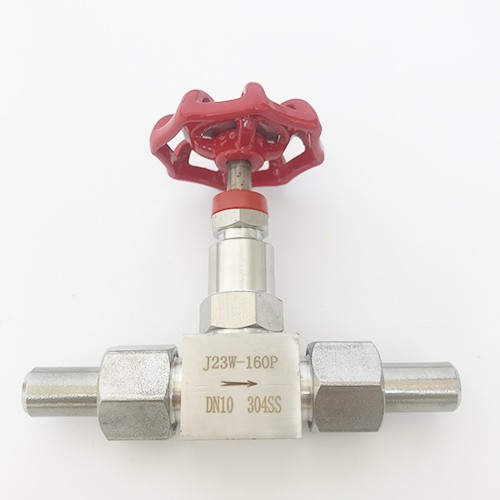1 inch ball float valve
Understanding the 1-Inch Ball Float Valve Functionality and Applications
In various industrial and commercial applications, ensuring the proper control of fluid levels is crucial for operational efficiency and safety. One of the devices widely used for this purpose is the 1-inch ball float valve. This versatile component plays a significant role in water systems, irrigation projects, and numerous other applications where fluid management is essential. This article aims to explore the functionality, advantages, and typical applications of the 1-inch ball float valve.
What is a Ball Float Valve?
A ball float valve is a type of valve that regulates the flow of liquid by utilizing a floating ball mechanism. The main elements of this valve include a ball that rises and falls with the liquid level, a valve body, and a chamber that houses the ball. When the liquid reaches a predetermined level, the ball rises, sealing off the valve and stopping further flow. Conversely, when the liquid level drops, the ball lowers, allowing the flow to resume. This automatic operation makes ball float valves efficient for maintaining consistent fluid levels, especially in tanks and reservoirs.
The 1-Inch Design
The designation 1-inch refers to the nominal size of the valve's inlet and outlet connections, indicating that it is compatible with 1-inch piping systems. This size is particularly popular in various applications due to its balance between flow capacity and space efficiency. The 1-inch ball float valve is often made from materials such as brass, plastic, or stainless steel, depending on the specific requirements of the application, including pressure, temperature, and fluid type.
Functionality and Advantages
One of the primary advantages of a 1-inch ball float valve is its simplicity. The straightforward design consists of minimal moving parts, which reduces the likelihood of mechanical failure and facilitates easy maintenance. The automatic operation not only conserves time but also enhances safety, as it helps prevent overflow and ensures the system operates efficiently without manual intervention.
Additionally, ball float valves have low-pressure drops compared to other types of valves. This characteristic enables greater flow rates, making them ideal for applications requiring high water turnover. Furthermore, the use of durable materials leads to a long service life, substantial cost savings over time due to reduced need for replacement.
1 inch ball float valve

Common Applications
The 1-inch ball float valve finds applications in various settings, including
1. Water Supply Systems Municipal water systems often use these valves to help maintain water levels in storage tanks, ensuring consistent supply and preventing overflow.
2. Irrigation In agricultural settings, 1-inch ball float valves control the water levels in irrigation systems, allowing for efficient water usage and ensuring crops receive adequate moisture.
3. Aquaculture These valves are vital in fish farms and other aquaculture settings, where maintaining water levels is essential for the health of aquatic life.
4. Industrial Processes Many manufacturing processes require precise control of liquid levels, and 1-inch ball float valves can effectively manage these needs in tanks and reservoirs.
5. Water Heaters In residential and commercial water heaters, float valves help maintain proper water levels, preventing damage to the heating elements.
Conclusion
In summary, the 1-inch ball float valve stands out as a reliable, efficient solution for automatic fluid level control across multiple industries. Its simplicity in design, low-pressure drop, and extended lifespan make it an ideal choice for water supply systems, irrigation projects, aquaculture, and many industrial applications. By understanding its functionality and benefits, users can make informed decisions regarding its implementation in their fluid management systems. As industries continue to seek efficiency and reliability in their operations, the 1-inch ball float valve will undoubtedly remain a key component in fluid management solutions.
-
The Key to Fluid Control: Exploring the Advantages of Ball Valves in Industrial SystemsNewsJul.09,2025
-
The Versatile World of 1, 2, and 3 Piece Ball ValvesNewsJul.09,2025
-
Stainless Steel Ball Valves: The Ideal Choice for Efficient Flow ControlNewsJul.09,2025
-
Optimizing Fluid Control with Ball Float ValvesNewsJul.09,2025
-
Manual Gate Valves: Essential for Control and EfficiencyNewsJul.09,2025
-
Everything You Need to Know About Butterfly ValvesNewsJul.09,2025
-
The Versatility of Wafer Type Butterfly ValvesNewsJul.08,2025




